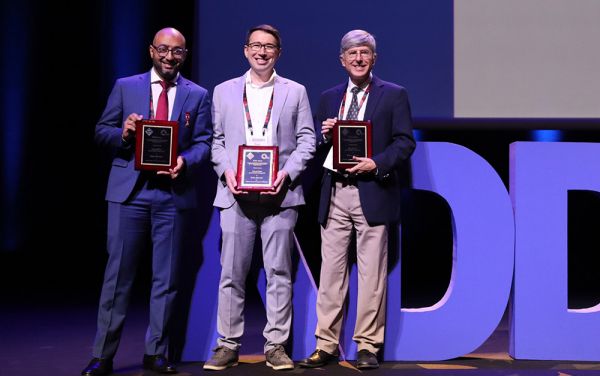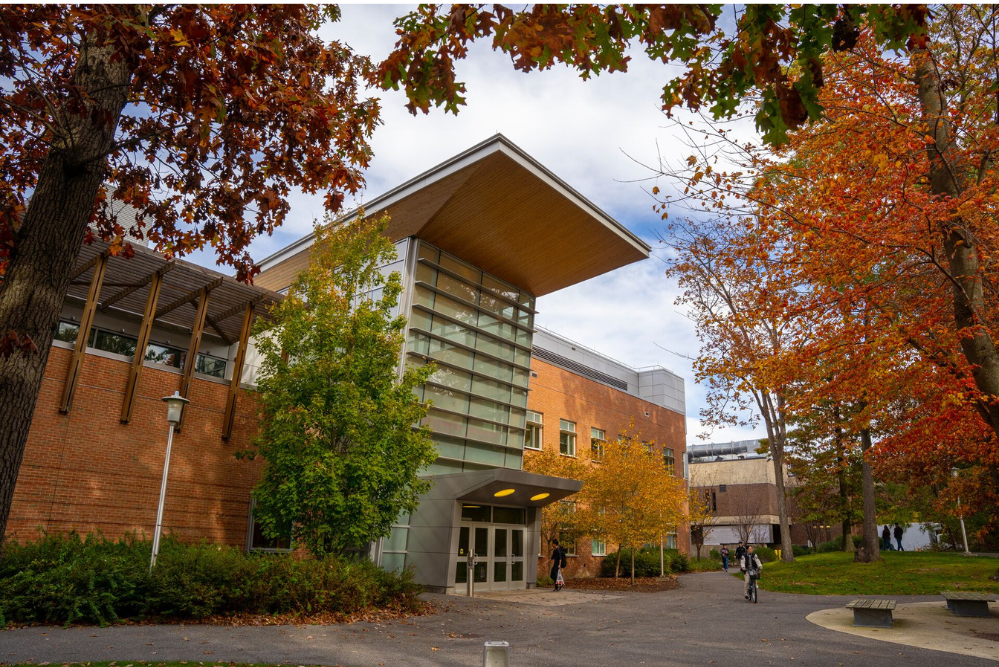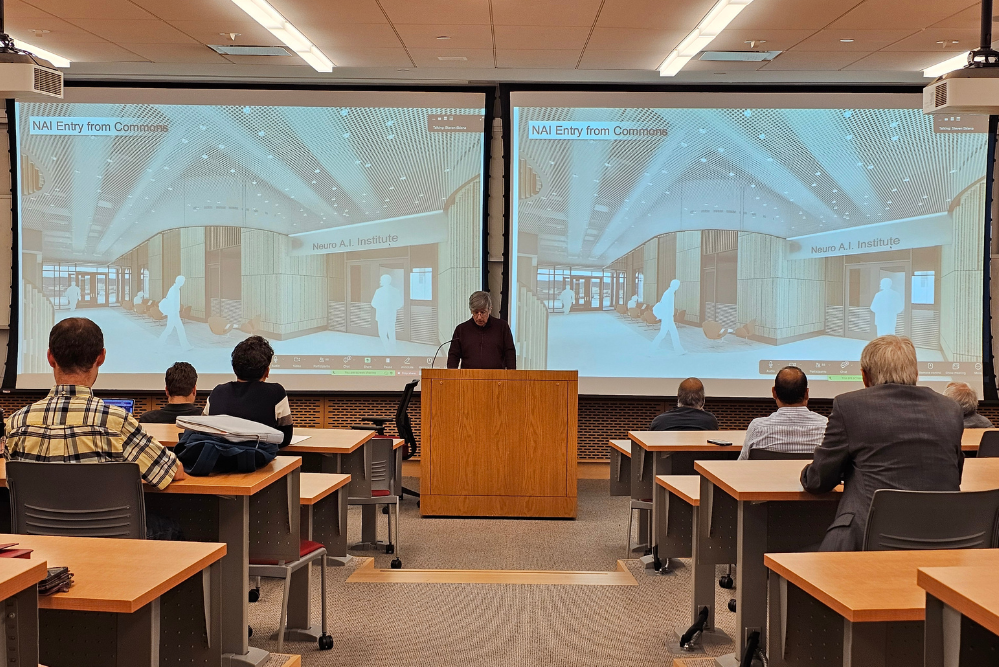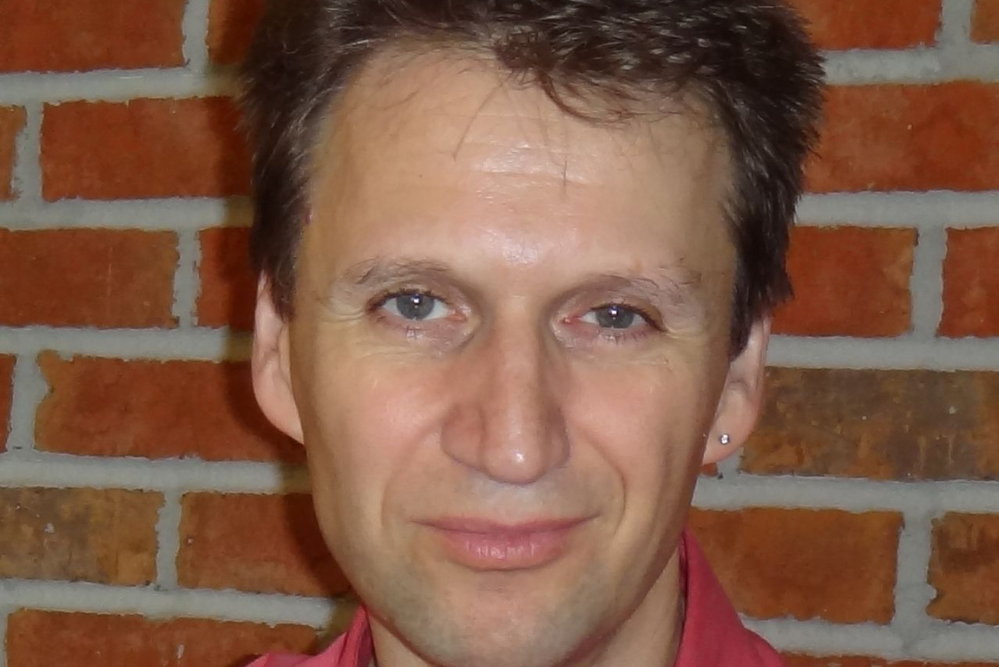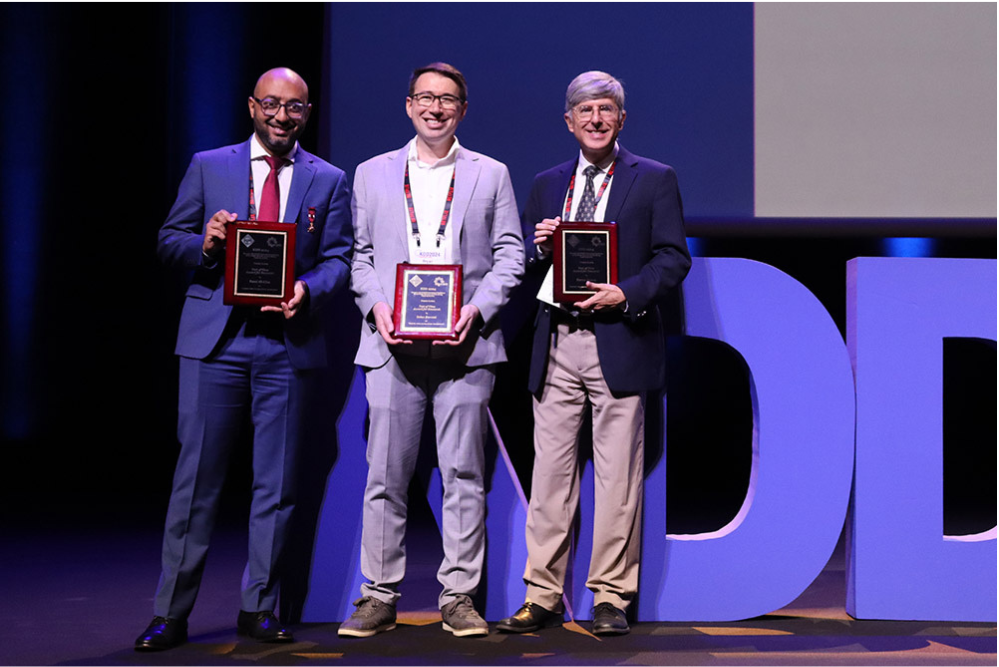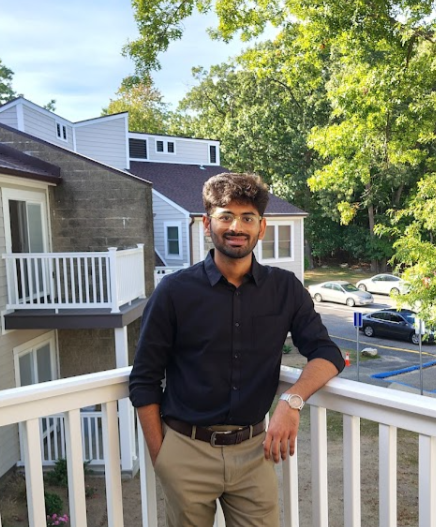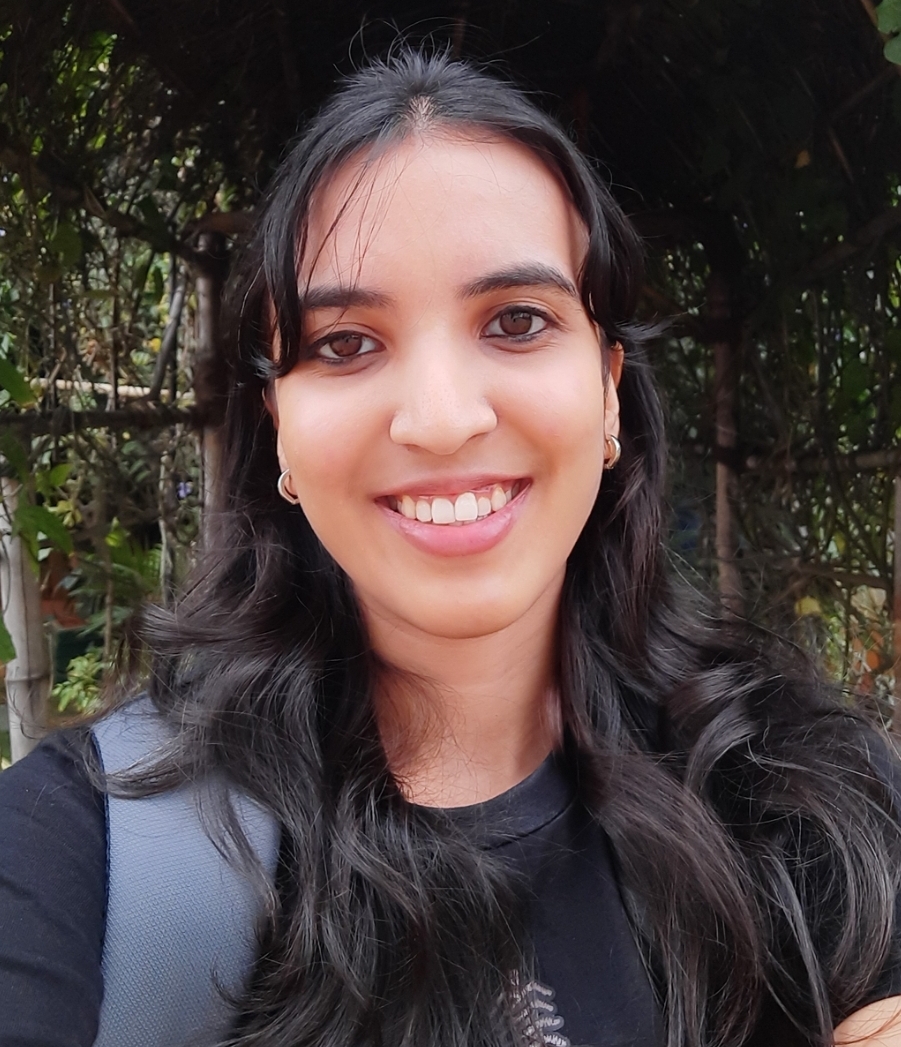In a move that will enhance its capabilities as a leader in AI research and application, Stony Brook University is launching the AI Innovation Institute (AI3), which will expand the Institute for AI-driven Discovery and Innovation established in 2018 from a department-level institute within the College of Engineering and Applied Sciences to the university-wide AI3, reporting to the provost.
Stony Brook University Provost and Executive Vice President Carl Lejuez made the announcement September 5 in an email to the university community.
Stony Brook University recently announced the launch of its new AI Innovation Institute (AI3), expanding the Institute for AI-Driven Discovery and Innovation established in 2018 from a department-level institute within the College of Engineering and Applied Sciences to a university-wide endeavor.
AI3 Interim Director Steve Skiena, a distinguished professor in the Department of Computer Science, led a virtual Town Hall on September 11 to discuss Stony Brook’s AI initiative in more detail.
The Office of the Vice President of Research (OVPR) recently announced the winners of the Spring 2024 OVPR Seed Grant Program. This round marks the 10th cycle of the internal seed grant program, with the OVPR awarding $1 million in total funding to 20 research projects.
Computer Science Professor Klaus Mueller, a trailblazer in the world of explainable machine learning and artificial intelligence (AI), has been invited to join the prestigious 2024 cohort of the Asia-Pacific Artificial Intelligence Association (AAIA) Fellows. This honor recognizes Mueller’s groundbreaking work in demystifying AI, solidifying his status as a leading force in the field.
spotlightimage
